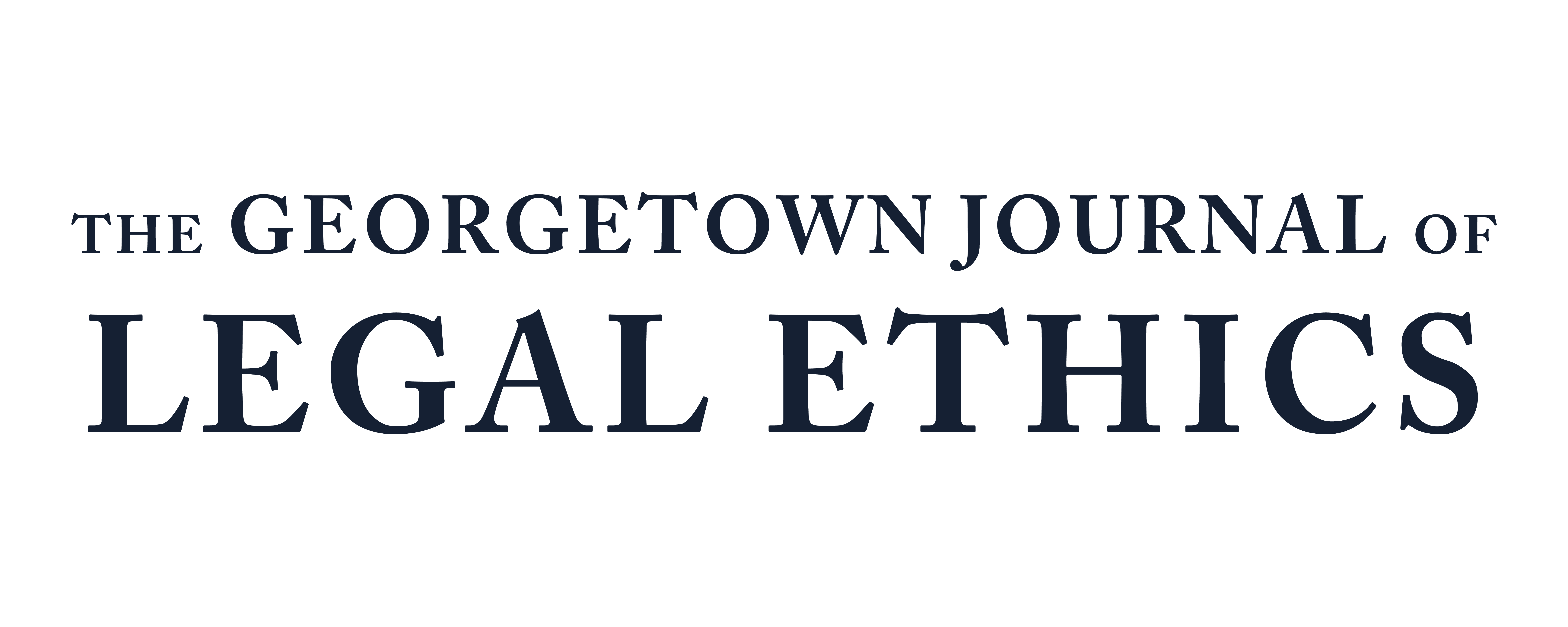A Prosecutorial Duty to Seek Non-Custodial Sentencing
Mass incarceration, which caused the sharp increase in the American prison population over the last five decades, explains why America today comprises five percent of the world’s population but houses twenty-five percent of the world’s prisoners. This widespread issue has led to many others, including prison overcrowding. American prisons are dramatically overcrowded, with 2,068,000 prisoners as of 2019. Of the fifty states and the District of Columbia, twelve of them have a prison population that is more than fifty percent Black, even though only 13.4% of the United States population is Black. Although many incarcerated people are in jail awaiting trial, the majority are incarcerated because they were sentenced there. Therefore, sentencing reform must be part of the solution.
The current ABA Criminal Justice Standards for the Prosecution Function (“the Standards”) declare the primary duty of the prosecutor to “seek justice within the bounds of the law, not merely to convict.” These Standards also give prosecutors full discretion in “filing, declining, maintaining, and dismissing criminal charges,” and provide sixteen factors the prosecutor may consider in their decision and three that they should not consider. To clarify application of these guidelines to actual criminal cases, the Standards recommend that prosecutors’ offices “establish standards and procedures for evaluating complaints to determine whether formal criminal proceedings should be instituted.” Judges, in their turn, take prosecutors’ recommendations into consideration when determining sentences.
This Note will argue that prosecutors should have a duty to recommend non-custodial sentencing whenever feasible, and to otherwise pursue the lowest prison sentence available, because of 1) current overcrowding in prisons, 2) the impact of current COVID-19 protocols, and 3) the societal impact of incarceration. Part I of this Note describes the issue of overcrowding in prisons and analyzes the driving forces behind this problem. Part II traces the impact of COVID-19 conditions and protocols on the courts and the prisons. It also recounts lessons that can be learned and possible steps moving forward. Part III explores the societal impact of incarceration, specifically with regard to sentencing disparities and the social effects of custodial sentences. Finally, Part IV discusses potential steps forward and puts forth the argument for adoption of the prosecutorial duty described above.
Subscribe to GJLE
